Awesome Green Comet ZTF snapped! How to watch it live, when and what it is
A rare green comet called C/2022 E3 (ZTF) was snapped in Abu Dhabi a couple of days ago. Know what this comet is and how you can see it live.

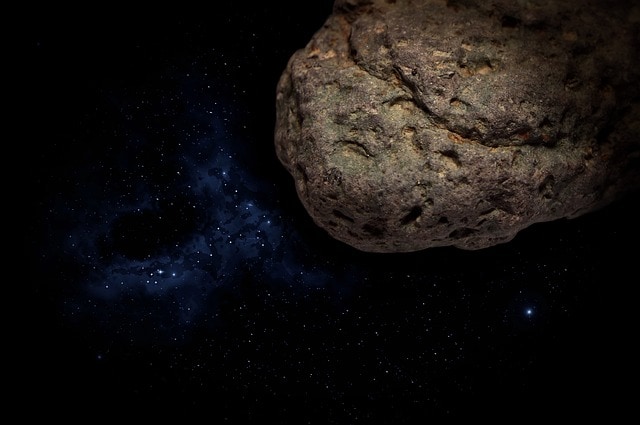
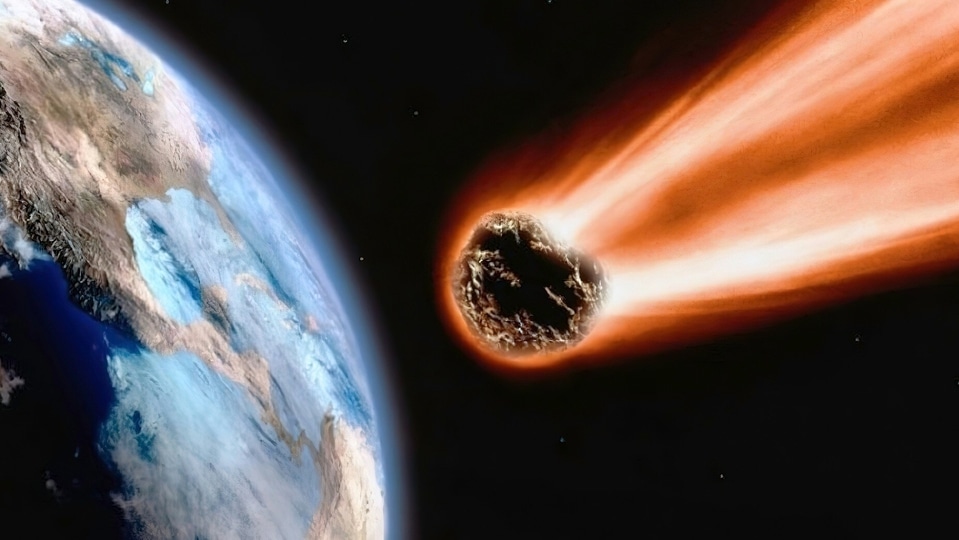
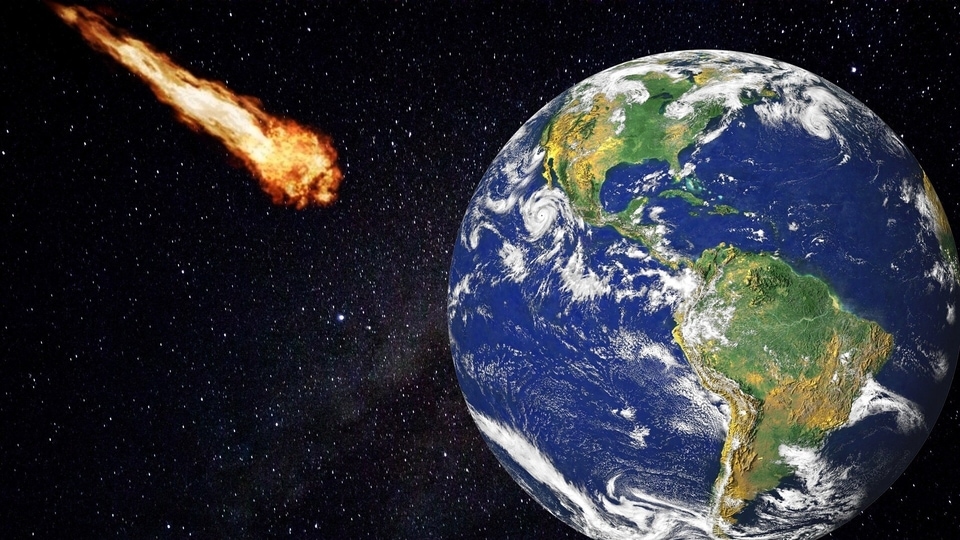
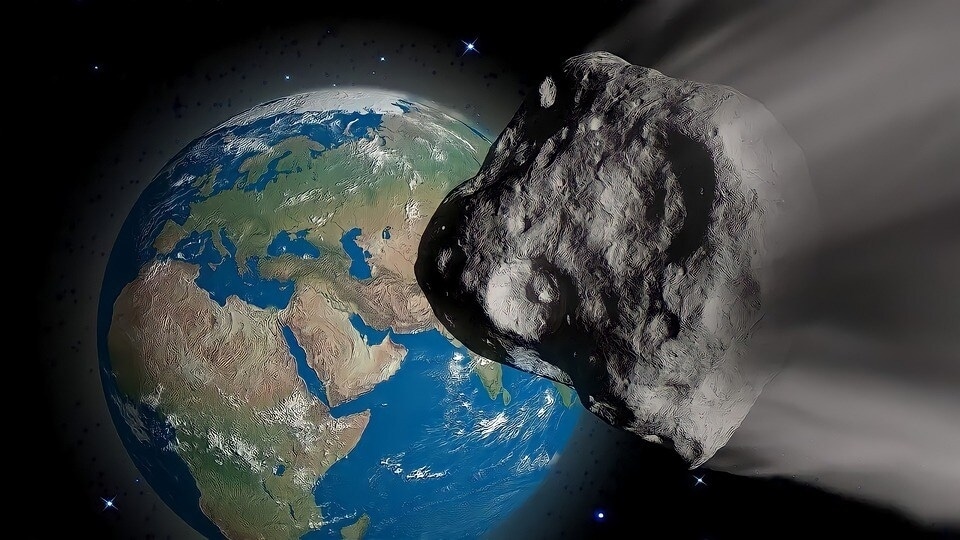
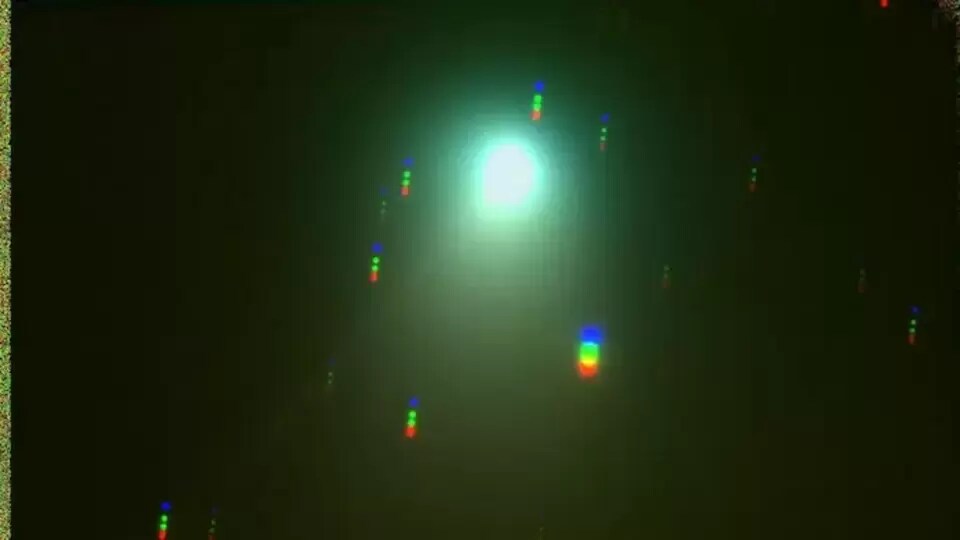
 View all Images
View all ImagesAn extremely rare comet was visible during dawn in the sky above Abu Dhabi on January 14. Comets are of interest to scientists because they are remnants of the early Solar System, and can tell us about the conditions and composition of the early Solar System. When a comet approaches the Sun, the heat causes the ice in the comet to turn into a gas, which surrounds the nucleus of the comet in a bright coma. The gas and dust in the coma form a bright tail that always points away from the Sun.
When these comets pass by Earth, they are seen as glowing balls in the sky with a faintly lit tail. Although comets periodically pass by Earth, the expected flyby of a recent, rare green comet has excited scientists and skywatchers around the world as it has come back for the first time in nearly 50000 years! And it may never do so again!
What is Comet C/2022 E3 (ZTF)?
Although comets often make close flybys, the Comet C/2022 E3 (ZTF) is particularly special as it has a period of around 50000 years. That means the last time it flew past Earth closely, it was seen by Neanderthals during the Upper Paleolithic period on Earth nearly 50000 years ago.
Comet E3 ZTF is a long-period comet that originated in the Oort cloud. It was discovered by astronomers using the wide-field survey camera at the Zwicky Transient Facility in 2022 in early March, NASA revealed. It passed closest to Earth a couple of days ago and was even witnessed in the sky in Abu Dhabi between 05:01 to 05:36 UAE on January 14. Astronomers estimate this comet will come within roughly 26 million miles of Earth on February 1.
How to watch the Comet ZTF
While the green comet will be visible to the naked eye on February 1, there are some preconditions to be able to watch it. You need to be in an area with relatively low light pollution and clear sky. This means that people living in big cities might not be able to see the comet directly or with the help of a telescope.
Fortunately, The Virtual Telescope Project will be hosting a free livestream of the comet on February 2. You can watch the livestream directly on the website by clicking here or on YouTube.
Catch all the Latest Tech News, Mobile News, Laptop News, Gaming news, Wearables News , How To News, also keep up with us on Whatsapp channel,Twitter, Facebook, Google News, and Instagram. For our latest videos, subscribe to our YouTube channel.
































